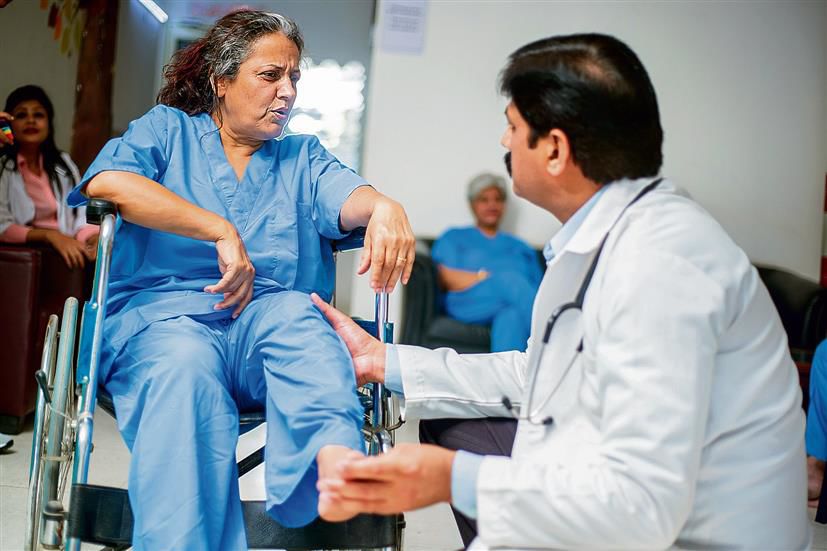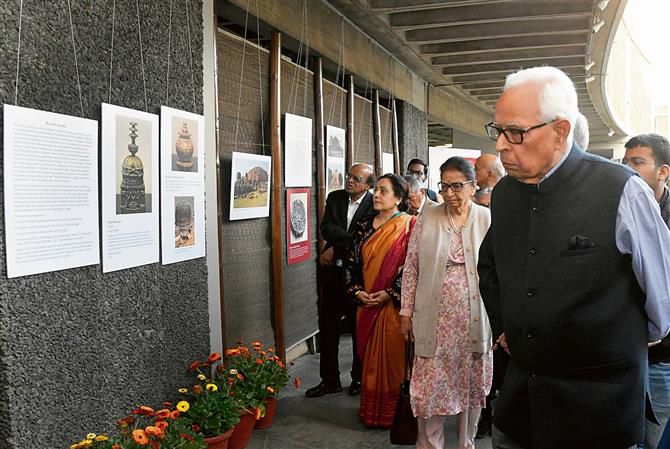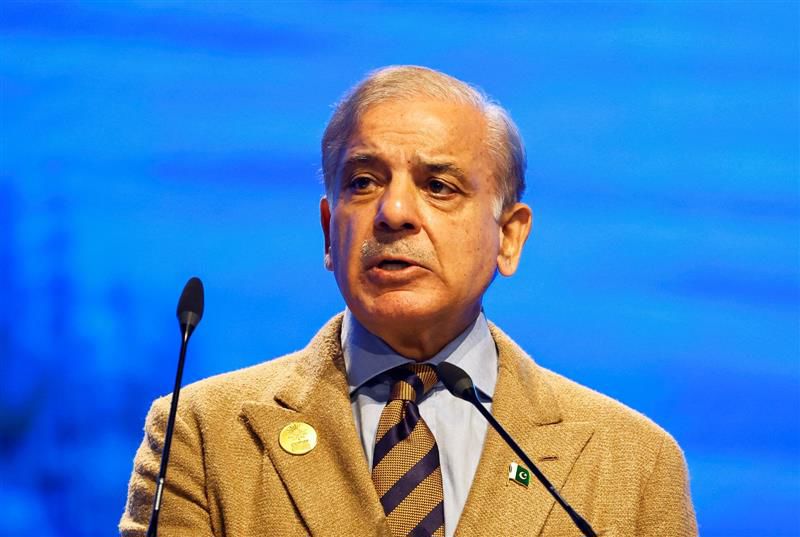Current Events :












(Maj Gen Harvijay Singh, SM)
Avdiivka, was a Strong Point preventing Russian forces using Donetsk as a communications hub and preventing a breakout on this axis. The capture of Avdiivka, following months of fighting with heavy casualties on both sides, is a significant gain for Russia – 208 Sq KMs of area captured and a Bridge Head available to expand the offensive. After taking Avdiivka, units of the Centre group of Russian forces have continued advancing in a westerly direction – Russian Defence Ministry statement. Urban Terrain provides many advantages to a weaker force to occupy. Concealment and cover is in abundance. Most buildings are de facto military-grade defensive structures. The defender can manoeuvre easily through known streets and alleys. The maze of buildings also reduces the effect of modern Information, Surveillance and Reconnaissance (ISR) systems so vital for an attacker. In Syria, fighters hung plastic sheets between rooftops to blind expensive satellites. In contrast, the biggest disadvantage for the attacking force is that it can be seen and engaged by the defenders at will. The human cost however remains high. Tactics Used by the Russians • Infantry Led Combined Arms Offensives, Motorised Infantry Brigades to the Fore: o Supported by artillery (massed), drones, and intense aerial bombardment (including Attack Heptrs) using guided aerial bombs. o Pincer movement (Double Envelopment) on Avdiivka, not very successful due to industrial complexes on northern axis which gave an advantage to the defender. o Russians switched tactics from trying to outflank Avdiivka with fast-paced, exposed armoured assaults to infiltrating infantry to isolate (into smaller pockets) and capture Ukrainian positions piecemeal. o Extensive use of Infantry Combat Vehicles in streets and the industrial zone. o Infantry attacked in waves preceded by heavy artillery and aerial bombardment to exhaust the defence lines. A Ukrainian drone operator reports that Russians advanced at night in groups of five to seven and then attacked at sunrise. • Tunnel Warfare – Innovations more than often not win battles, a feisty innovation it was. o An irregular Russian formation named Dikiya Divisiya (roughly translates as The Wild Division, this group is partially staffed with former Wagner Group personnel) dug a 160-meter-long tunnel underneath a Ukrainian position and detonated explosives, tunnel bomb! o Russian tunnelers entered Avdiivka’s underground drainage network and began digging and clearing debris in abandoned sewage tunnels for several days; in harsh winters, a most unexpected approach? o Raiding parties then used the passage to infiltrate and conduct sneak attacks on Ukrainian positions; gain vital footholds to isolate Ukrainian positions. Russians kept an influx of fresh recruits (including Storm Z Penal units – Convicts) to exert non-stop pressure on exhausted Ukrainian units, draining their resources and forcing them to retreat…… 110th Mechanized Brigade was defending Avdiivka since Mar 2022 and was exhausted. There was a chronic shortage of artillery shells because of delays in EU and US military aid packages. Foggy weather also helped the Russians. Conclusion: Russian forces have regained strategic initiative. Foreign aid for Ukraine in this ‘Election Year’ will be a challenge, politicians, let just say are simply too busy calling each other names – Biden called Putin a SOB…… was the term ‘destitute of all decency’ not reserved for Trump? On a serious note – Has Ukraine crossed an irreversible threshold?

Patiala, February 23
Hours after the Punjab Government announced a compensation of Rs 1 crore and a government job for a sister of young farmer Shubhkaran Singh, who died in alleged Haryana Police firing two days ago, farmer unions spearheading the “Dilli Chalo” march, backed by the victim’s father, demanded that an FIR be first registered against the Haryana Police. However, in the evening, a woman, Veerpal Kaur, said she was the mother of the victim and had “no condition or objection” to the cremation of her son. While the farmer unions and the victim’s father refused to accept the compensation amount or the job offer till an FIR was registered, Shubhkaran’s mother said she wanted a peaceful cremation for her son. Shubhkaran’s post-mortem has been delayed as farmers are pressing for the acceptance of their demands.
Related News
Kisan Mazdoor Morcha leader Sarwan Singh Pandher said the Punjab CM had promised stern action and an FIR against those responsible for Shubhkaran’s death. “But now we are told that an FIR is not possible,” he said, adding that the next course of action would be decided on February 29. Till then the farmers will stay put at the two protest sites.
In the evening, Veerpal Kaur reached the Government Rajindra Hospital mortuary and was allowed to see her son’s body. Sources said she had agreed to the “autopsy of her son” without setting any demand. However, no police or hospital official was willing to comment on it.
Talking to mediapersons, Veerpal Kaur, accompanied by her mother, said she had been living separately from her husband for the past over 13 years owing to some issues, but was in touch with Shubhkaran. “I am shattered… I am affiliated with no union and have no demand. I just want a peaceful cremation,” she said. She said though she had remarried, she could not hold herself back when she heard about her son’s death. Talking to The Tribune, Medical Superintendent, Government Rajindra Hospital, Patiala, Dr Harnam Singh Rekhi, said till the police gave a written request, the “post-mortem cannot be conducted”
Earlier, senior farm leader Jagjit Singh Dallewal said more than the agitation, they were concerned about getting justice for Shubhkaran. “Only the Punjab Government can solve the issue by filing an FIR against the ‘guilty’ cops.
Meanwhile, barring stray incidents of “farmers locking horns with some journalists”, things remained peaceful with no confrontation between the Haryana Police and the protesters at the borders.
About The Author

Ravi Gupta
In the past 30 years, the number of patients suffering from osteoarthritis (OA) of various joints in India has risen threefold: from 2.3 crore in 1990 to 6.2 crore in 2019. Among these, knee remains the most affected joint, followed by OA of hand.
The ends of the bones constituting a joint are normally covered by a highly fine cartilage known as hyaline cartilage, which provides gliding surface to the bone end as well as a covering layer to the pain nerve endings in the bony tissue. In OA, this cartilage gets worn out, leading to exposure of coarse bony surfaces and exposing the pain fibres of the nerve endings in the bones, which cause pain. In response to the pain, inflammatory substances are secreted, causing a swollen joint. Thus, OA joints can present as painful swollen joints.
The usual predisposing factors of OA include advanced age, obesity, injuries and enhanced wear and tear in certain professions that require strenuous activities, causing injuries to the joint. Additionally, the malalignment of the lower limb bones, usually due to genetic predispositions, cause point loading on the joint surfaces, expediting the wear and tear of cartilage.
Based on X-rays, OA of the knee has been categorised into four grades, with Grade 1 being the mildest and Grade 4 the most severe. In the first three grades, no surgery is required and treatment includes strengthening of the thigh muscles, certain chondroprotective (cartilage protecting) drugs, reduction of body weight in obese individuals, and sometimes injections of lubricants or growth stimulating substances in the joints.
In advanced Grade 4 cases, the treatment is usually surgical. This surgery, known as joint replacement surgery, involves removing thin slices of the worn-out joint surfaces of constituent bones and covering the residual bone surfaces with artificial materials so that the pain nerve endings are not exposed. The most commonly used materials during this surgery are metallic surface on one side and a plastic-like material, polyethylene, on the other. These artificial surfaces of the joint, when subjected to the mechanical stresses of daily life, also get worn out with time, and ultimately, the patient may again start experiencing pain.
The average life of an artificial knee joint has been estimated to be around 15-20 years, which depends upon the activity level of the individual. The wear and tear is rapid in young, active persons as compared to elderly, inactive patients. Thus, the routine dictum is that the life of an artificial joint should last longer than the life of the patient, because the revision surgery of a worn-out artificial joint is more cumbersome and less successful as compared to the primary (or first) surgery. Therefore, the ideal age of a patient for undergoing such surgery should be beyond 65 years of age. In exceptional cases, when there’s severe crippling pain, the joint replacement can also be performed in younger patients with informed consent of the patient about the life of the artificial joint.
Probable risk factors
The risks and complications of knee replacement surgery are usually uncommon and can include infection, stiffness and loosening of the artificial joint surfaces, requiring more surgeries.
Patients can and should start walking using their knees immediately in the first couple of days after the surgery. The patients may need support of a walker or stick for the first four to six weeks. By around three months, the patients are quite comfortable walking. As a precautionary measure, these patients are usually advised to avoid squatting for the rest of their life due to the design of the artificial joints to enhance the longevity of the implant.
In the past four decades, many improvisations have been tried in the materials and design of the artificial joints with an aim to increase their average life. But as on today, most of the designs and materials have almost similar outcomes/lifespan.
In recent years, robotic replacement surgery has also become popular. The results, however, till today are inconclusive and there is no concrete evidence as to whether robotic surgery has superior results vis-a-vis traditional surgery.
Cases where knee replacement surgery is recommended
Possible pitfalls during/of surgery
Precautions during recovery
Preventive measures
— The writer is chairman, Orthopaedics, Paras Hospital, Panchkula

AA unique exhibition that opened in the national capital on Thursday reveals a little known fact of history – that the earliest discovered Buddhist relics have a connection with Maharaja Ranjit Singh, the founder of the Sikh empire.
It was Jean Baptiste Ventura, a French officer at the Maharaja’s Punjab court, who led one of the earliest archaeological excavations in the subcontinent in 1830 at Manikyala, north-west of Rawalpindi.
Traditionally recognised as the resting place of Alexander’s horse, Manikyala was an extensive Buddhist site on the Grand Trunk Road in present-day Pakistan. At the Buddhist stupa here, Ventura discovered Kushan gold coins bearing Buddha’s figure, dating back to the second century CE. Although Ventura, after the excavation, informed Maharaja Ranjit Singh, in a note in Persian, that the resting place of Alexander’s horse had been discovered, he later realised what he had excavated were precious reliquaries and relic deposits of the Buddha.
This and more rare glimpses into the world of Buddhist symbols, which also find place in the Indian Constitution, will be on display at the exhibition, “Travelling relics: Spreading the word of the Buddha”, which opened at the Indian International Centre here and will continue till March 7.
Inaugurating the show curated by historian Himanshu Prabha Ray, former J&K Governor NN Vohra called it a fitting precursor to a two-day conference, “Asia on the Move”, the IIC will host from Friday. “At the conference, we will talk not only of the early traders, explorers and pilgrims and how influences travelled from one part of Asia to the other but also of the politics of Buddhist relics, how they were worshipped 2,300 years ago and enshrined in the stupas never to be seen or touched,” said Vohra.
Dwelling on the transformation of the meaning of Buddhist relics from the Mauryan religious practice to colonial archaeology, Vohra also spoke of how the Ashokan Pillar excavated at Sarnath in the early 20th century and the dharmachakra were accepted as the national symbols of independent India. “These markers of free India have been beautifully picturised in the great volume lying in Parliament House,” he said on the Buddhist symbols featured in the first copy of the Constitution.
The exhibition is significant in its presentation of detailed archaeological evidence on relic enshrinement and political importance of the relics as a means of cooperation between newly independent nations of South and Southeast Asia. A particularly striking image on display shows U Nu, the first PM of independent Burma, carrying Buddhist relics in a procession, accompanied by late Indian PM Jawaharlal Nehru and his Cabinet colleague and later Bharatiya Jana Sangh founder Syama Prasad Mookerjee.
Vohra saw the exhibition as an extension of the work IIC set out to accomplish through its Asia Project 30 years ago. “Evolution of the Asia Project led to the establishment of IIC’s International Research Division which continues to make all possible efforts to promote a deeper understanding between India and the world,” he said in the presence of IIC President Shyam Saran.

Islamabad/Lahore, February 28

The parliamentary party of the PML-N headed by three-time former Pakistan premier Nawaz Sharif on Wednesday formally nominated his younger brother Shehbaz Sharif for the post of prime minister to head a coalition government.
The parliamentary members’ meeting of the Pakistan Muslim League-Nawaz (PML-N) was held in Islamabad with party supremo Nawaz Sharif, 74, in the chair. Shehbaz, 72, had led a coalition government for 16 months till August 2023 before the caretaker government took over following the announcement of elections.
The nomination of Shehbaz Sharif as the next prime minister by the elder brother, who himself was eyeing the plum post for a record fourth time, had surprised many within and outside the party. Outgoing National Assembly Speaker Raja Pervaiz Ashraf has called the National Assembly session on Thursday.

























































